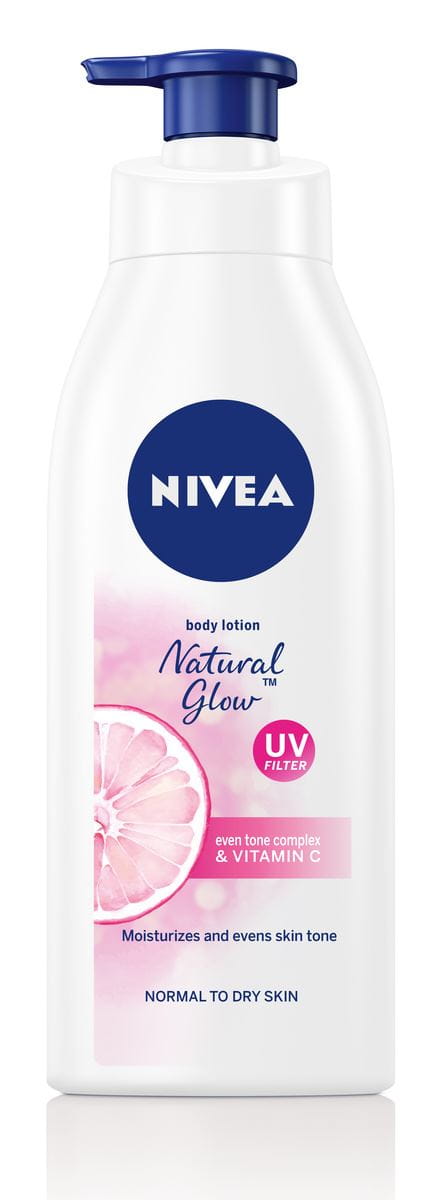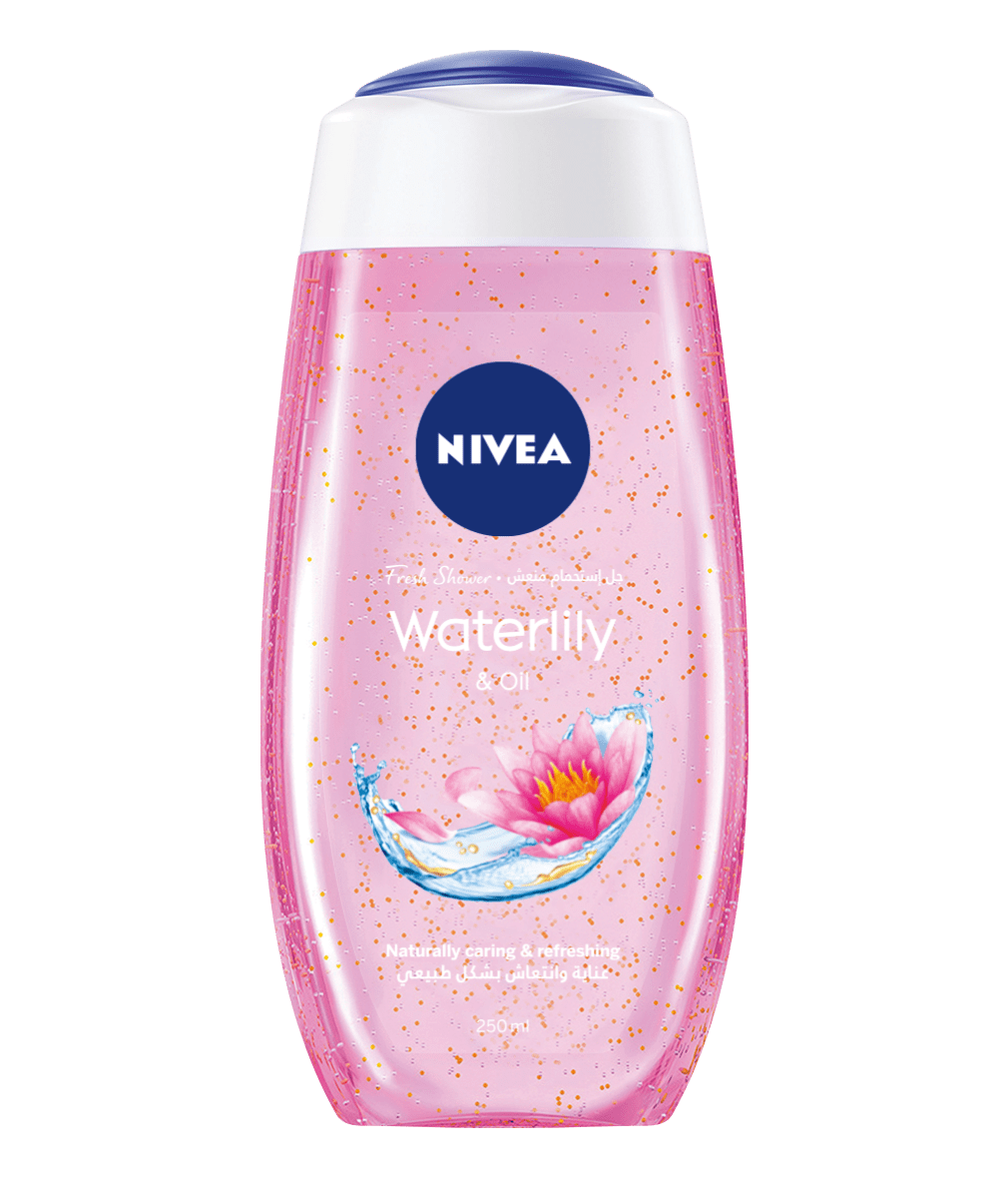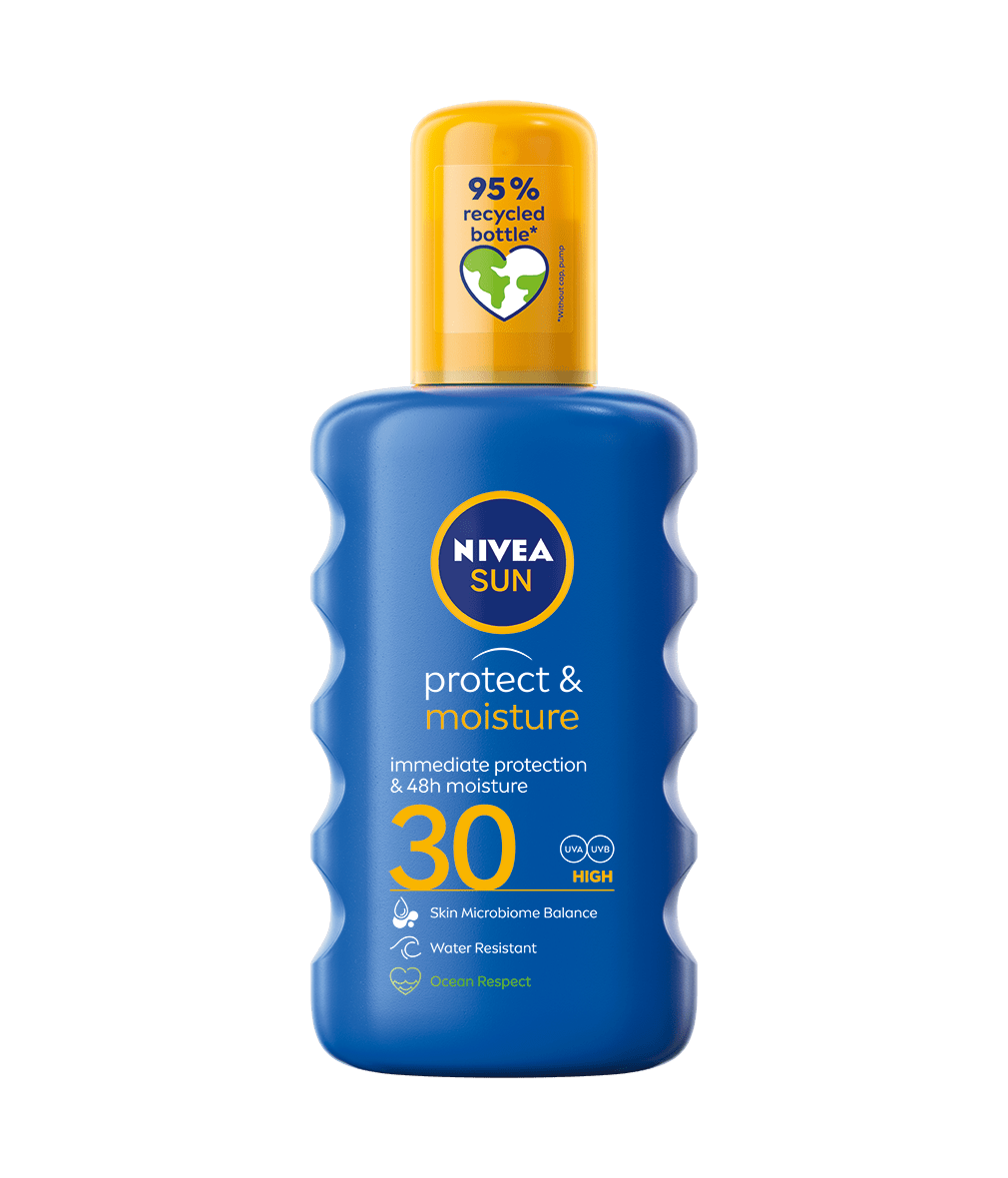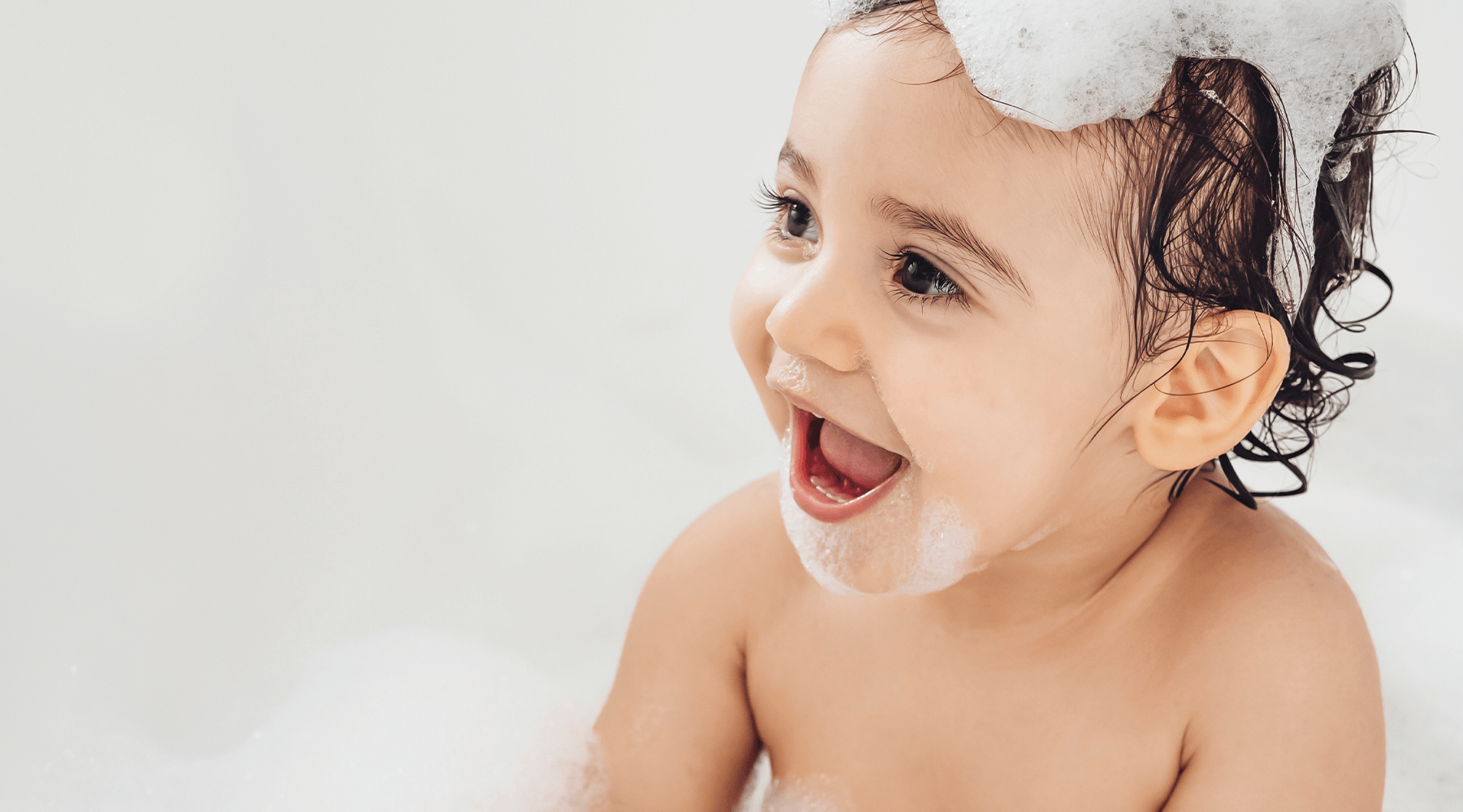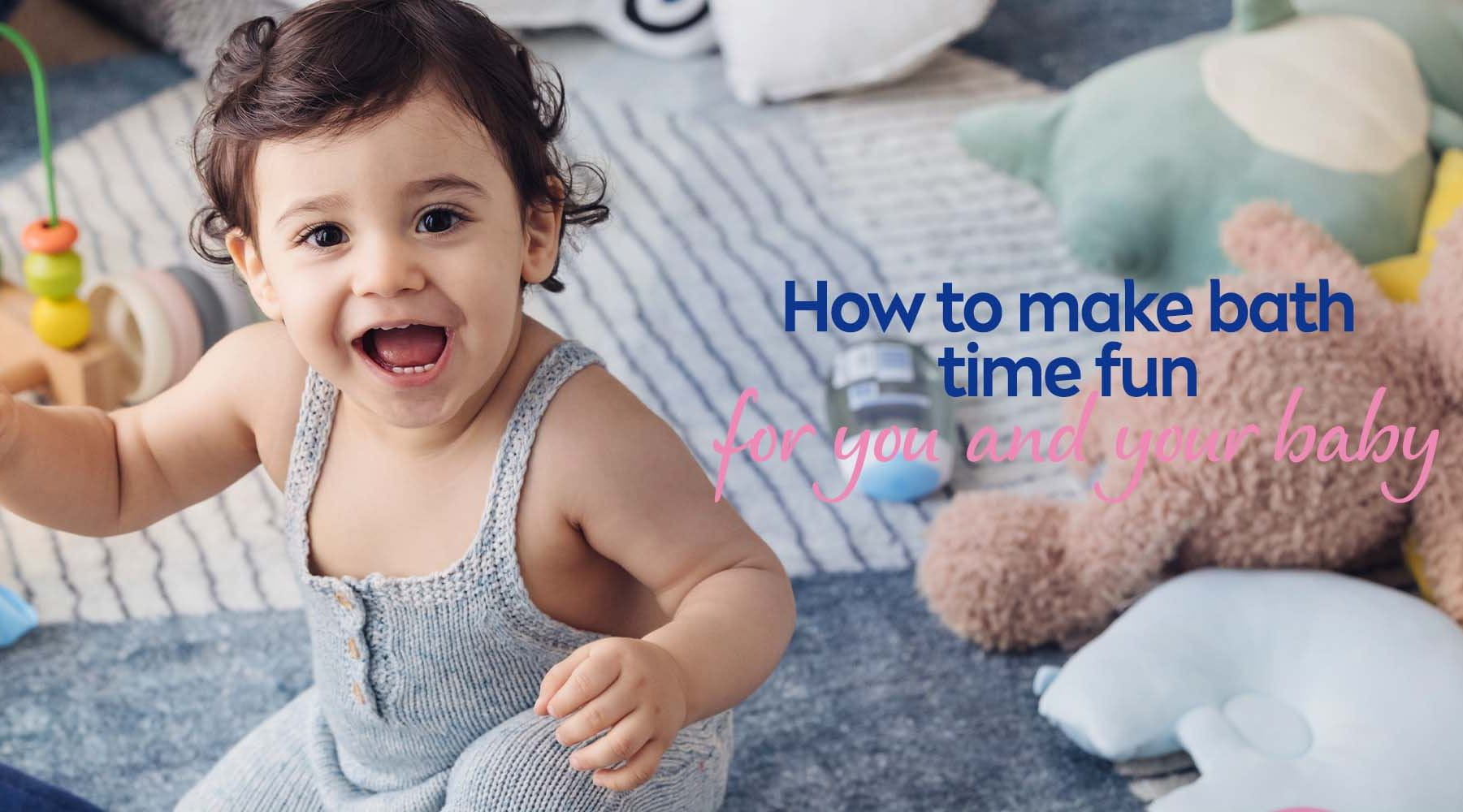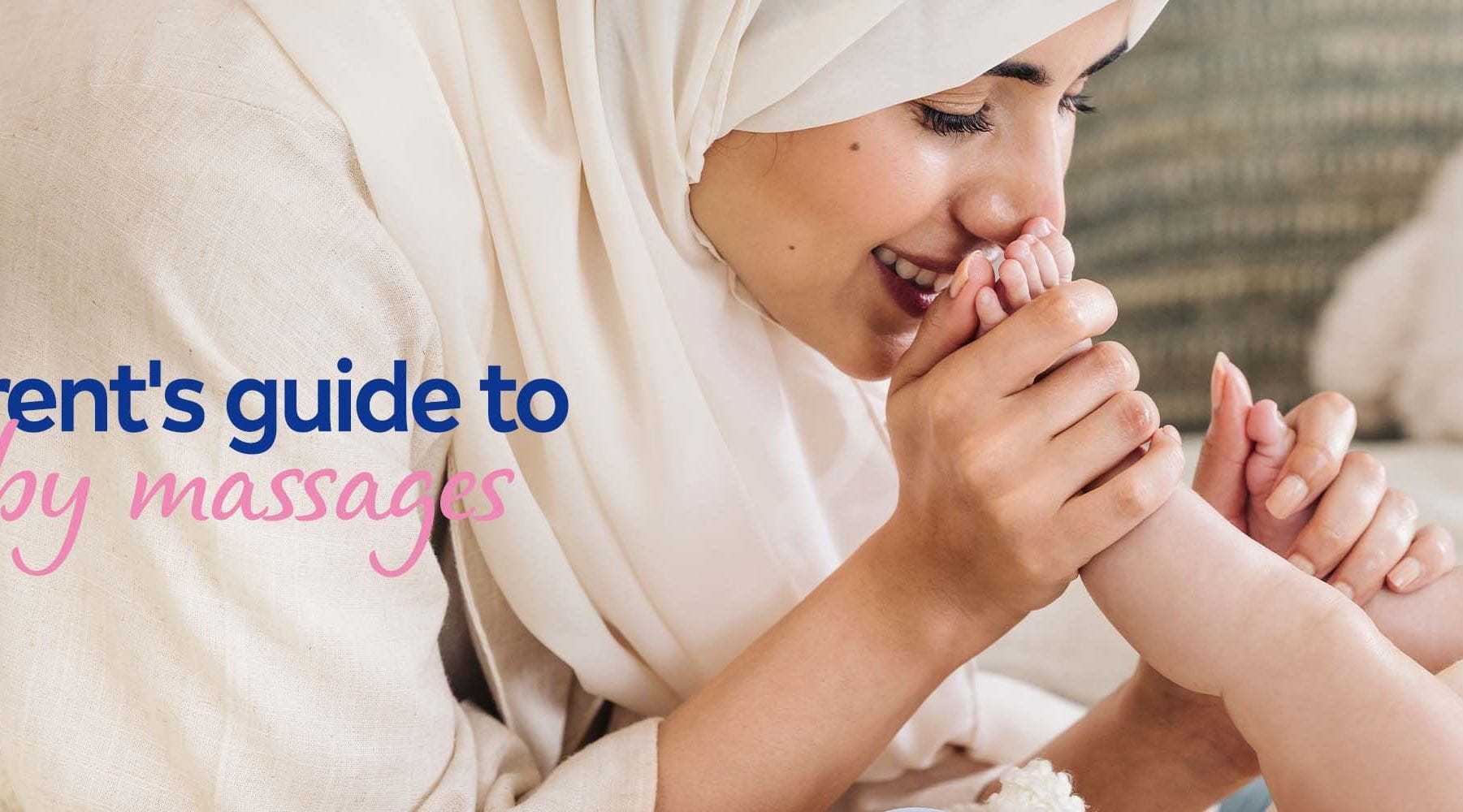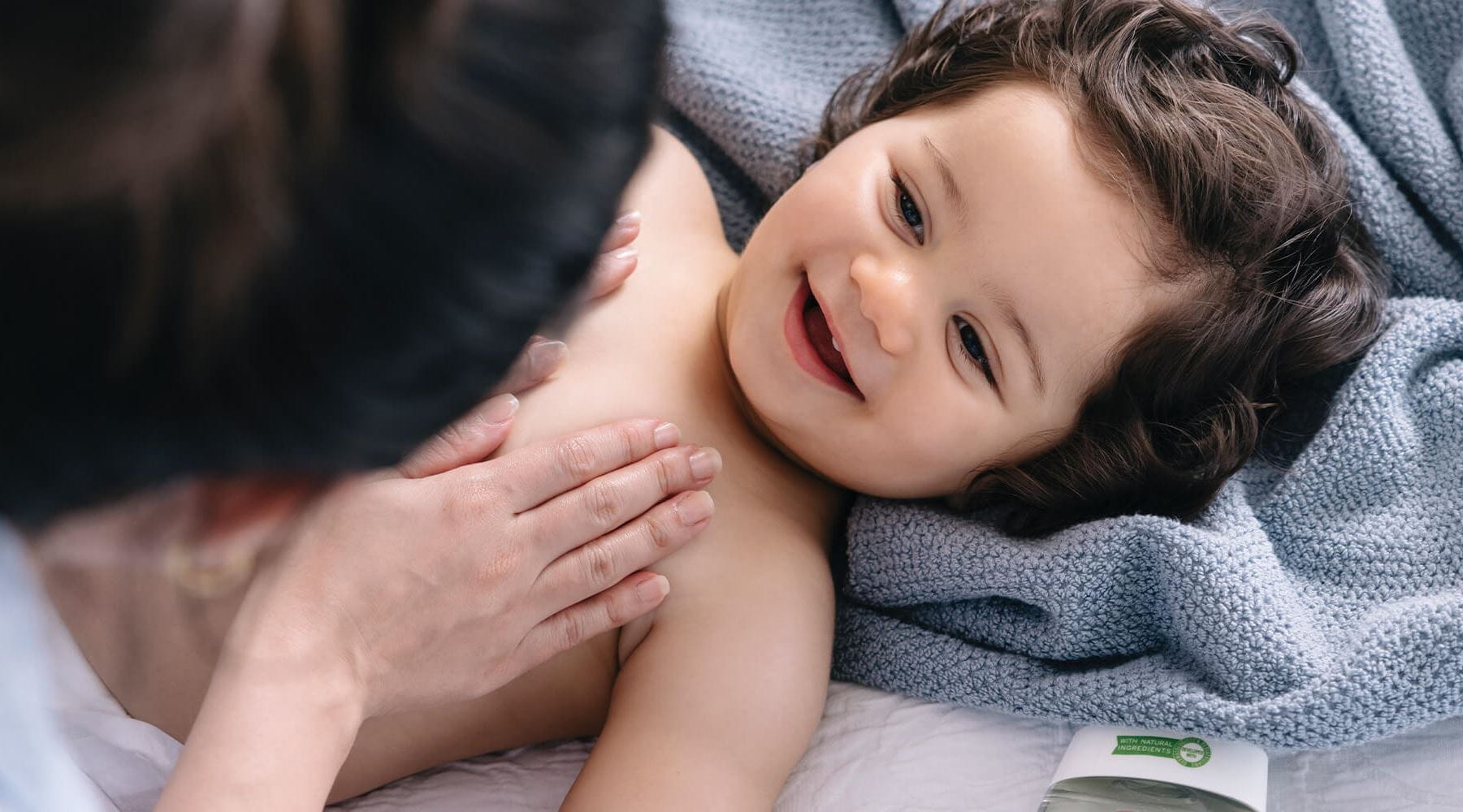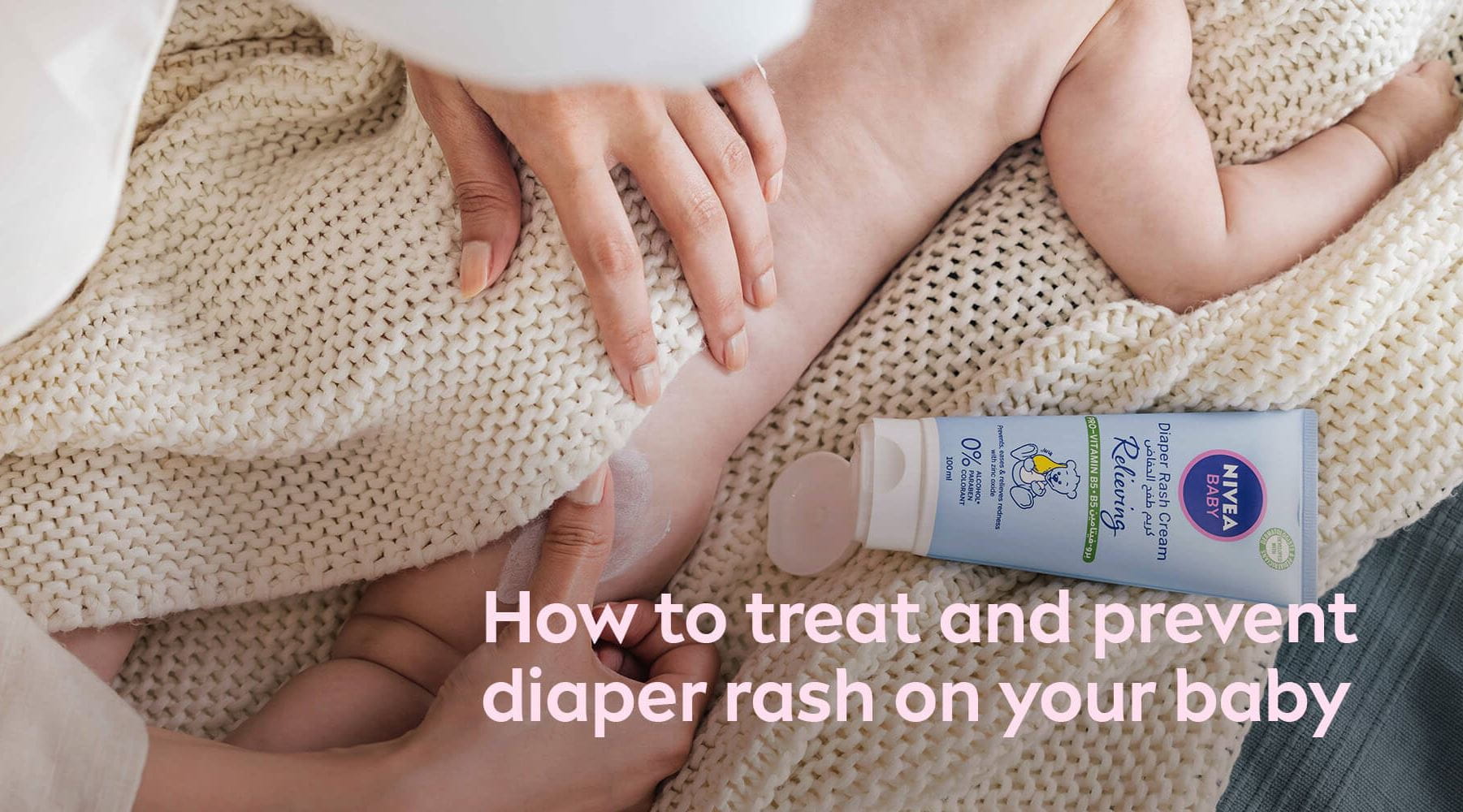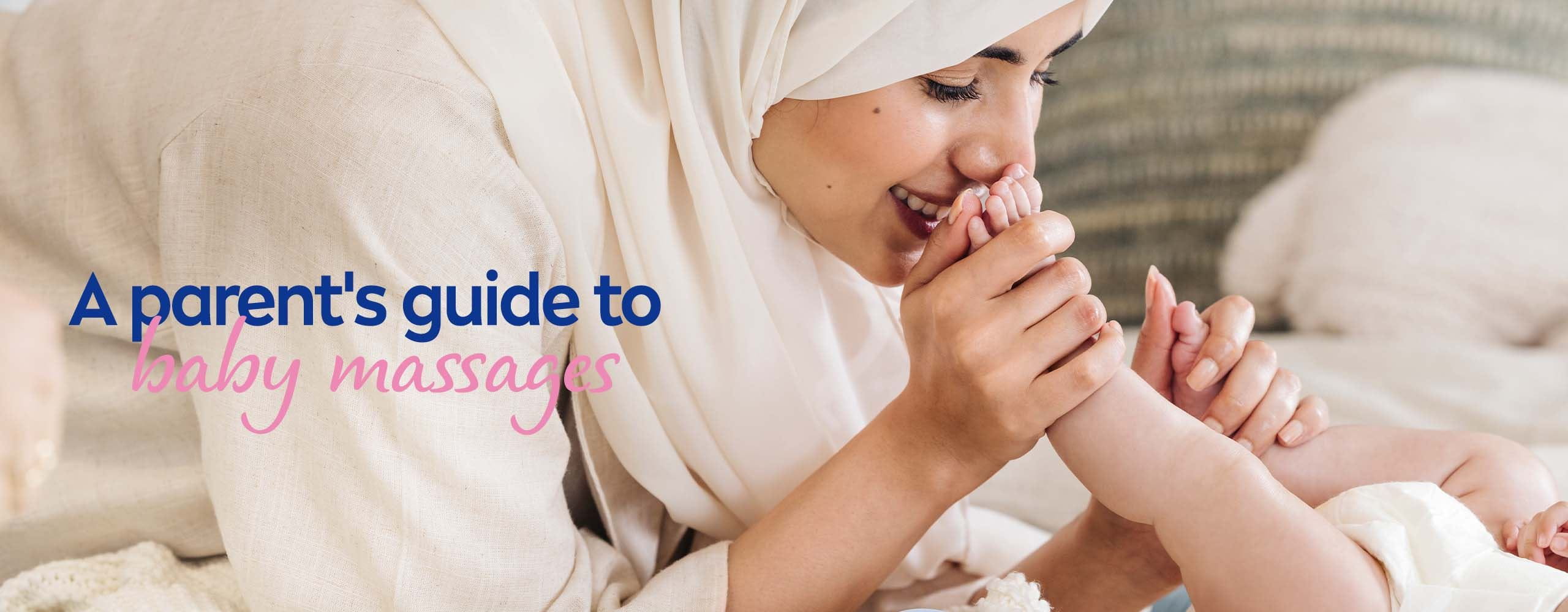
A parent's guide to baby massages
Physical touch is perhaps one of the best ways to bond with your baby from an early age, especially as they learn to discover their senses. And just as we enjoy massages, babies love them too. Here’s a guide to all the benefits of baby massage and how to give a great one.
